“You feel something warm and glowing and enduring within you, and you think: this must be what I was looking for”
In this edition of the Weekender: eggs in art, the meaningful tedium of small talk, and a critique of Le Creuset
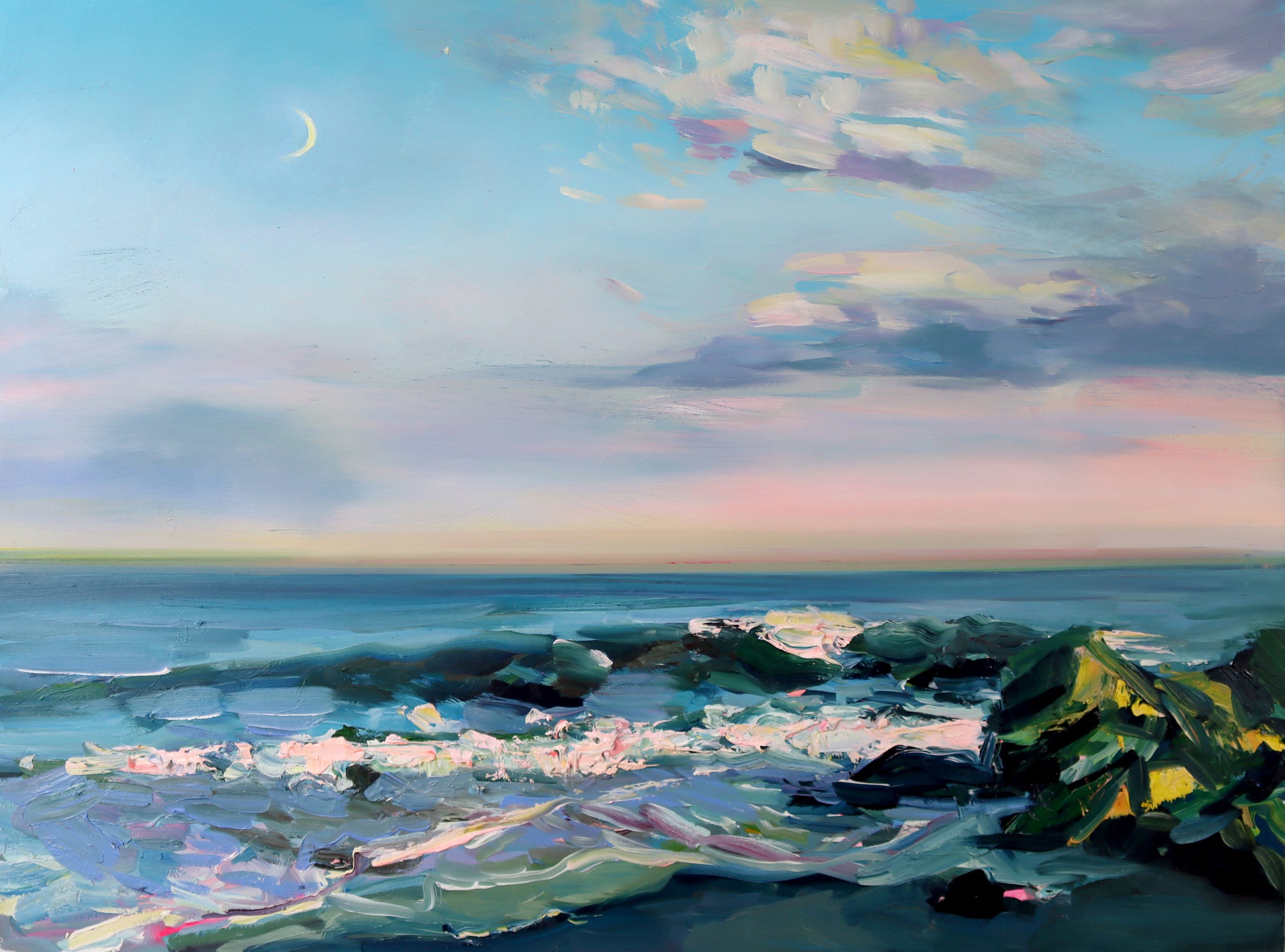
This week, we’re making small talk, side-eyeing Le Creuset, taking up running, and admiring eggs.
ETIQUETTE
The art of conversation
Oliver Bateman examines the hollow rituals of small talk, and how they provide the necessary framework for moments of true connection.
The Work of Small Talk
—
inThe man asks for your opinion but doesn’t want it. He wants you to ask for his, then nod while he tells you. This isn’t deception or trickery. It’s the unwritten contract we all sign without reading.
Social life runs on these small politenesses. Someone asks about your day. You say “Oh, you know” or “It is what it is” and turn the question back. You both understand this dance. It’s choreographed long before either of you showed up.
The phrases pile up like river stones, worn smooth by constant use. “Uh huh.” “Sounds great.” “You don’t say.” “Tell me what you think.” These aren’t meant to communicate. They’re meant to fill space. They keep the silence at bay.
My old dentist spent years asking patients how they were feeling, knowing they’d lie and say “fine” or “okay” before describing why their rotten teeth hurt. The preliminary question wasn’t medical—it was ceremonial. A handshake before the real business began.
We’re all waiting our turn in conversations. Most people aren’t good at listening. They’re good at appearing to listen while rehearsing what they’ll say next. The gap between speaking is just preparation time.
The clerk at the goon store doesn’t care about your weekend plans when he asks. He’s performing the role of friendly service worker while you gather your gooning supplies. You’re performing the role of pleasant customer. Neither of you will remember the exchange five minutes later.
What would happen if we stopped? If someone asked “How are you?” and you answered truthfully about your nightmares or your child’s struggle in school? The machinery of polite society would grind to a halt. We know this instinctively, which is why nobody does it.
PASTELS

COOKWARE
The cult of Le Creuset
As Le Creuset celebrates its centenary, Rebecca Thimmesch considers how the brand’s position as pristine kitchen collectable has paradoxically begun to tarnish its status.
We have to talk about Le Creuset
—
inIf you had come to me a few years ago in a sort of A Christmas Carol dream sequence and said to me “You’re going to find the culture around Le Creuset very unchic,” I would have shot you with a gun. Le Creuset? Like from Julia Child?? Fat chance. It’s French! How could it ever be unchic?
And yet, my dear reader. And yet.
Much like everything else, things are getting a little weird and gauche in the world of heritage French cookware.
Le Creuset, for the unaware, was founded in 1925 after two Belgians, one a casting specialist and one an enameling specialist, met at the Brussels Fair and decided to put two and two together and make enameled cast iron. They created their first cocotte (all these things we call Dutch ovens are really French ovens, but that’s the sort of nitpicking that makes people not want to hang out with you) in the iconic orange-red Volcanique. Now, perhaps two decades of hagging and being on the computer has poisoned my brain, but I’m wondering if Messieurs De Saegher and Aubecq ever explored each other’s bodies. . .
Anyways, since then Le Creuset has done some classic business stuff like mergers and acquisitions and now makes a complete array of enameled cast-iron cookware as well as stainless steel and nonstick, and every kitchen accoutrement that you could possibly imagine. The original orange colorway is now Flame, though representatives from the company have intimated in recent years that Le Creuset is de-prioritizing orange in favor of more on-trend colors. Oh, to have been a fly on the wall in that all-hands staff meeting.
[...]
This week, the New York Times ran a feature on “The Color-Drenched Cult of Le Creuset,” marking the brand’s 100th birthday. Aside from a precious photo of Julia Moskin’s parents with their well-worn Flame collection they bought in 1965, I found myself uneasy with the coverage of Le Creuset collectors building custom storage rooms and industrial shelving for their dozens, hundreds, and even thousands of pieces of cookware. It’s hard not to notice the difference between Moskin’s parents’ pots and that of the other collectors featured, and it mirrored something I’ve been noticing across Instagram and TikTok when I get Le Creuset content. These collections are pristine: no scorching, no discoloration, no wear and tear of any kind. In other words, no signs of cooking.
MUSIC
There’s a charming playfulness on display in this video of Quincy Jones and Herbie Hancock making music with 1980s synthesizers—followed by thoughts on technology that feel surprisingly relevant in the age of AI.
SELF-IMPROVEMENT
The life-changing magic of running really, really far
After stints with hypnotists, Instagram healers, and ritual ash-burying fail to deliver enlightenment, Lydia Keating discovers the secret to personal transformation may be much simpler: the boring repetition of putting one foot in front of the other.
Running vs. hypnotherapy
—
inUnlike all my other attempted methods of self-improvement, the change that came from running was not quick. It was quiet, subtle, sneaky. The movement itself was a form of repetition too—simple and rhythmic, one foot in front of the other, arms swinging at my side, breath in and out again, again, again.
And somehow, over the past several months, from this meditative monotony, I’ve changed drastically.
Last Saturday, I finished the final long run of my London Marathon training cycle.
It started raining at mile 11, when I was on the West Side Highway. Droplets stung my cheeks, and my legs were blotchy from the cold. But I was happy because I knew I’d changed. Quietly. Without drama. Without hypnotism, or pink elephants.
Someone asked me on Instagram the other day: how do you not get bored on your long runs? I thought to myself: boredom is kind of the point. Running—especially long-distance running—is boring. But I think this is also how meaningful change should be: tedious and boring. It’s not a miracle or a breakthrough or a sudden snap of clarity in a hypnotist’s chair. It’s a quiet, persistent march forward. It’s loops in Prospect Park, one day after the next. It’s the same playlist of pop songs cued again and again. It’s workouts that repeat each week. And then, suddenly, when the rain is pelting you on the West Side Highway, you realize how different you’ve become, how you exist in a body that can run 20 miles of New York City with ease, how your mind has developed a callus of resilience. How you feel something warm and glowing and enduring within you, and you think: this must be what I was looking for.
Running teaches me that in order to change, we must embrace sameness. Pink elephants could never.
And oh shit—what was that? A man just passed me wearing white spandex (remember, it’s raining). Bulge fully exposed. Diabolical.
The London Marathon is in three weeks, and I will be standing on the start line a changed woman, changed only because I spent months showing up and repeating the same, simple act of running.
ANIMATION

SCIENCE
Sabotaging scientists
How far would you go for a Nobel Prize?
Well, the two scientists who discovered hormones secreted by the hypothalamus spent a full 26 years grinding up millions of brains and sabotaging each other’s careers—all for a 1⁄4 share of science’s highest honor.
After meeting at a conference, one said to the other: "Your somewhat derogatory and deprecating remarks… surprised me as the attack on Pearl Harbor surprised the U.S. Navy.”
The other replied: “I have no comments except to say that I am neither your conscience nor your psychiatrist.”
tells the story of their intense rivalry and pioneering scientific work beautifully.—Shared in a Note by
PHOTOGRAPHY

SHORT STORY
Memory’s malleability
In this piece of short fiction, a son’s visit to his childhood home becomes an opportunity to reflect on memory and meaning.
Monarchs of memory
—
inI remember the first time I deliberately tried to make a memory—a sort of meta-remembrance of the power of remembering—and the memory formed was thus:
It’s a snapshot of my foot, sandy from a day at the beach and tanned from many days at the beach, on the floor of my mom’s white Dodge Spirit in a ray of Atlantic sunlight. “Separate Ways (Worlds Apart)” by Journey is playing from the cassette player. The only interruptions from the heat are the feeble breaths of the Spirit’s air conditioning. There’s a parking meter outside the window.
Right then, for some reason, I discovered the power of recall. Right then, I thought: I will recall this, exactly how it is, years from now, for no other reason than I am deciding to do so.
And this memory has always stuck. I can recall it and step inside it as though I am there.
Or can I?
As we know, memories are incredibly fallible. A study in the 1990s revealed it was possible to implant false memories through mere suggestion approximately 25% of the time. And what if I implanted them myself? Are they any less suggestive, any less real?
What gives me further pause is when I visited the old house with my mother.
The old house: our former home, the one I grew up in, the farmhouse, built in the 1860s, taken up by my parents shortly before my birth and where we spent 25 years as a family as it tumbled through various stages of fix-up and remodeling, the roof re-done, the painted-shut windows replaced, the sagging porch resurrected, only to be sold in the heat of the post-COVID housing market so that my parents could downsize to a townhouse closer to their urbanized children.
It was an unintentional visit, or so I was led to believe. “Let’s go around the golf course to get back to Route 67,” my mother had told me, and I obeyed without realizing where such a route would take us, my directional shortcomings a weakness she fully exploited. I would have objected. I wasn’t ready to see it. The way I dealt with leaving behind such a trove of heartache was to shut it away.
My mother, though, obsessed over the house and its state since leaving it nearly a year before. “There it is,” she announced as it appeared over the hill, with a sort of grandiosity that was all her own. It was how she was; she could turn anything into a mythology of which she was the priestess. “Slow down, slow down!” she implored as we drove closer.
“Mom,” I started, but by then I was also overtaken by a curiosity as to what had become of my old home.
ART
Easter eggs
Artplace reviews works across centuries in which the humble egg—symbol of life, fragility, and, well, food—has captured artists’ imaginations.
10 eggcellent artworks
—
inSuspended above the Virgin Mary’s head, a single ostrich egg symbolises immaculate conception and divine creation. Its placement in this Renaissance masterpiece underscores the egg’s role as a symbol of purity and life, anchoring the egg as a sacred symbol and affirming Mary’s role as a life-giving force.
In Fischer’s work, a cross-section of a hard-boiled egg replaces a face in a large photographic portrait. Using a combination of materials, Fischer creates tension between perception and reality, blurring the line between what we expect and what we actually see. “Half a Problem” challenges our understanding of everyday materials and forms, with the egg becoming a symbol of both fragility and absurdity. It shifts between humour and anxiety, turning the familiar into something strange and unsettling.
In “Buffet,” Weyant arranges a set of eggs in a way that suggests they are on the verge of tumbling out of the basket. Using her signature blend of classical technique and subtle tension, she transforms the still life into a psychological drama, with each element carrying a shiny, almost cartoonish quality. Beneath the polished surface, her compositions often hint at a quiet menace. The eggs appear both fragile and tense, reflecting themes of control, gender, and vulnerability.
NATURE
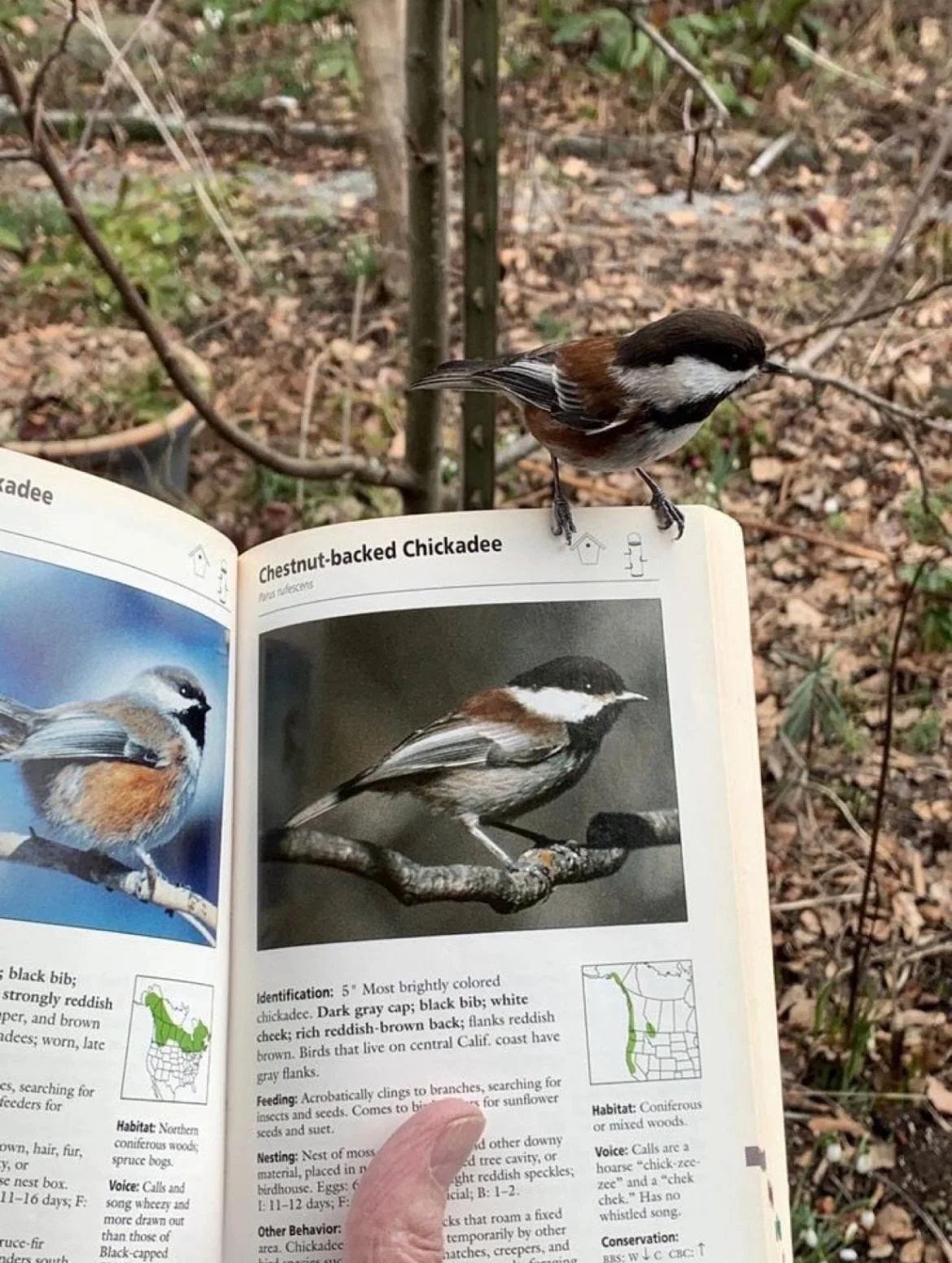
Substackers featured in this edition
Art & Photography:
, , ,Video & Audio:
,Writing:
, , , , ,Recently launched
Inspired by the writers featured in the Weekender? Creating your own Substack is just a few clicks away:
The Weekender is a weekly roundup of writing, ideas, art, audio, and video from the world of Substack. Posts are recommended by staff and readers, and curated and edited by Alex Posey out of Substack’s headquarters in San Francisco.
Got a Substack post to recommend? Tell us about it in the comments.













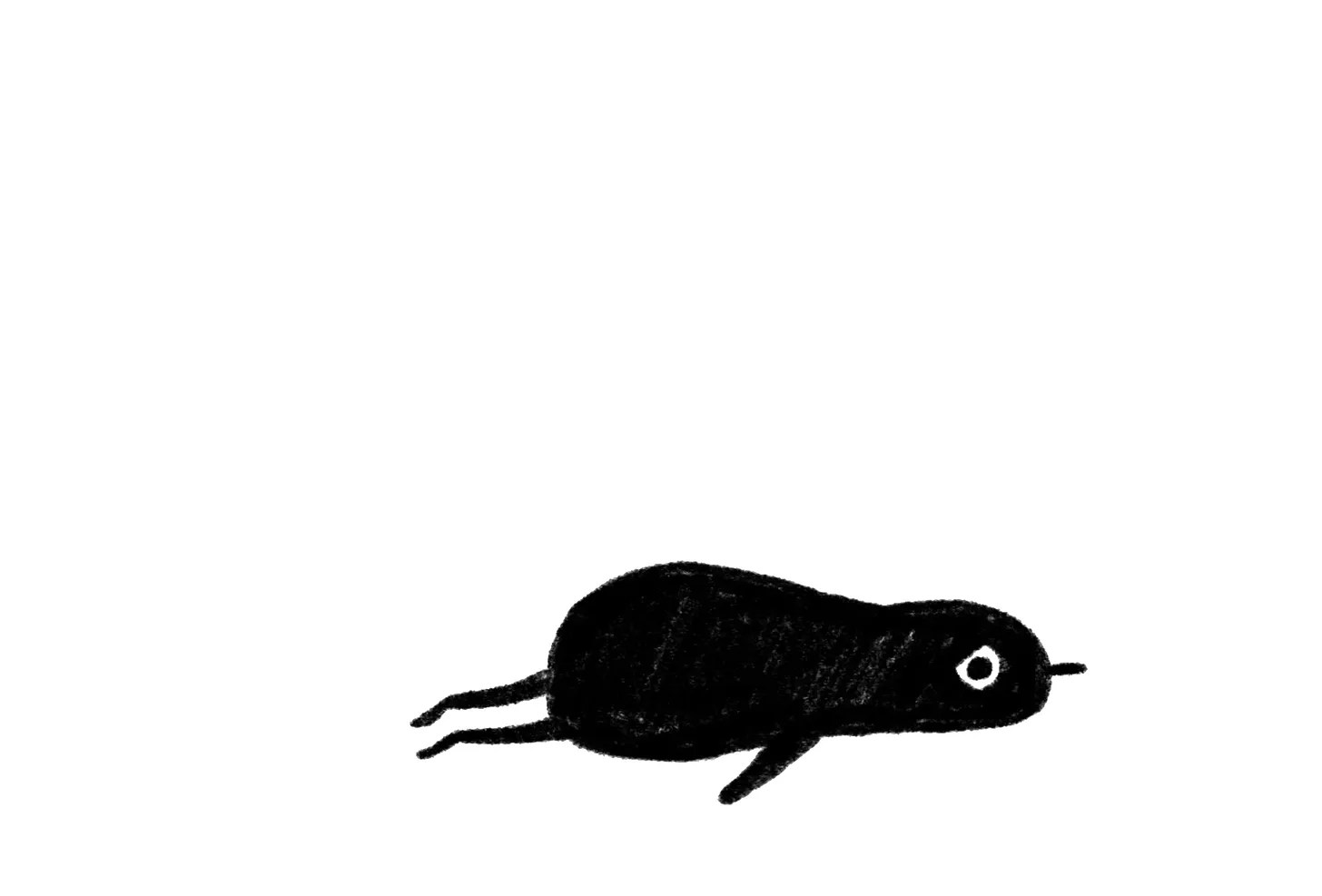




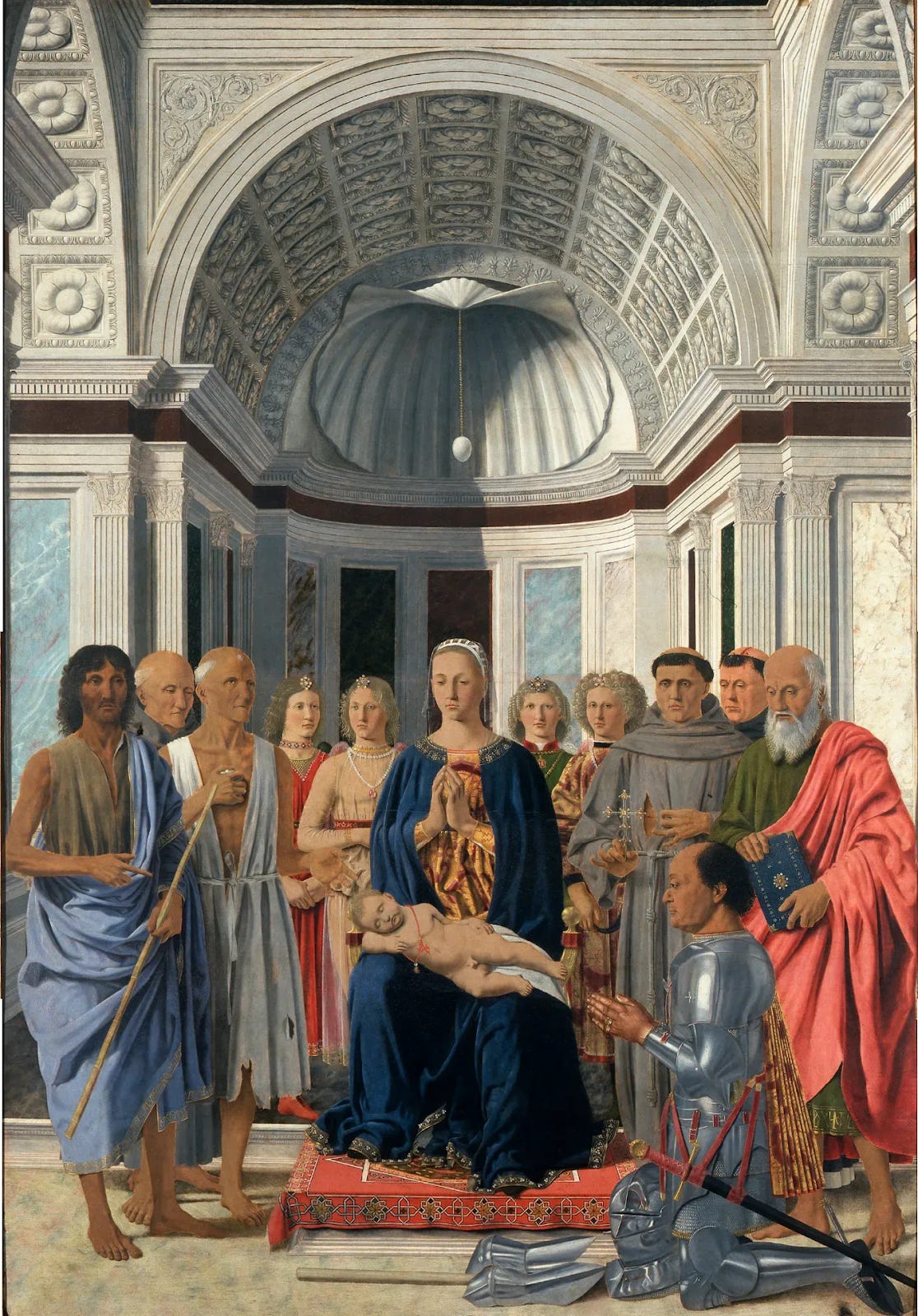





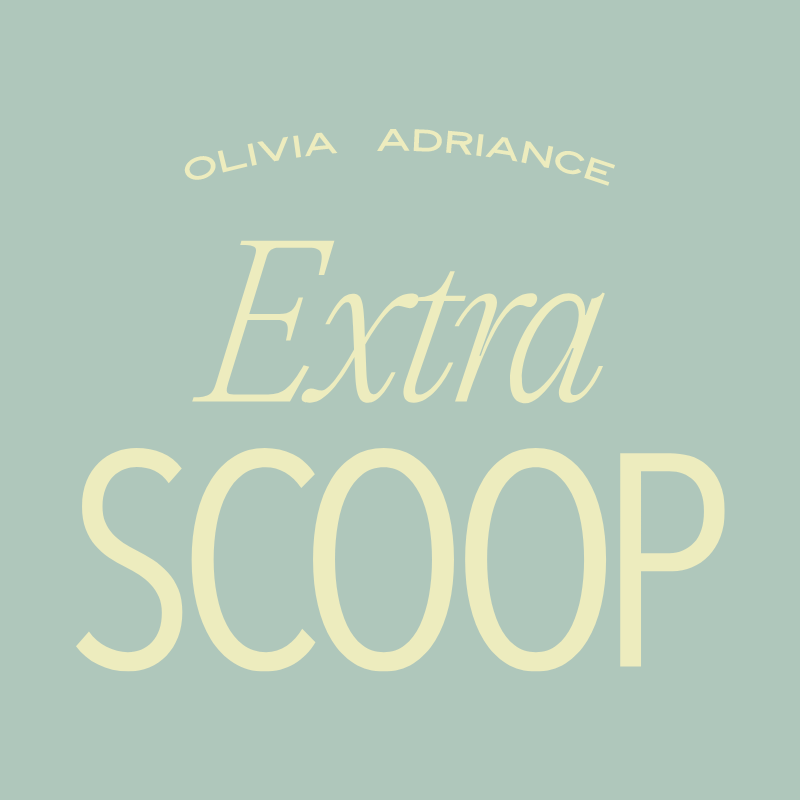
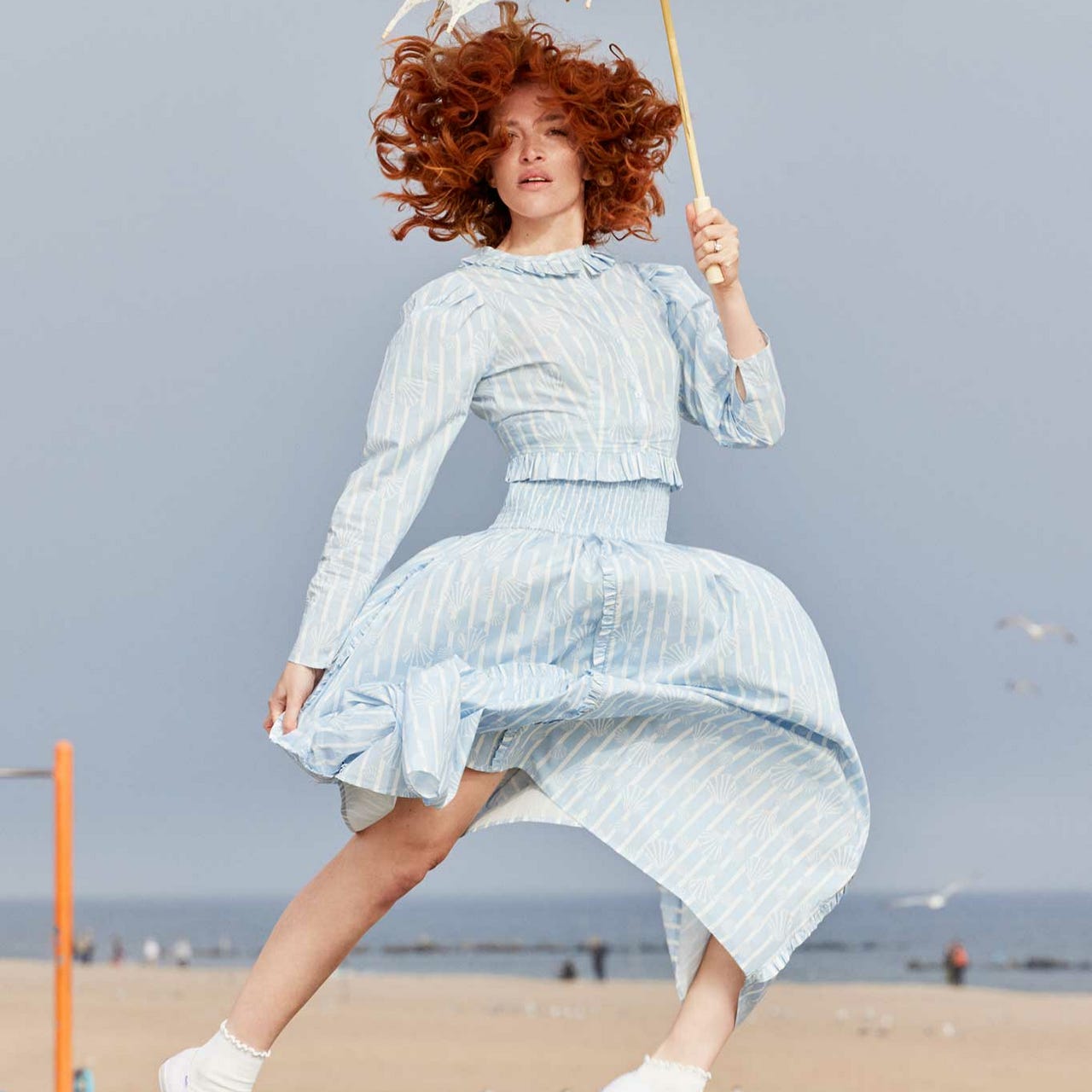


Wow thank you so much for sharing my painting! It found a new home this morning! 🫶🥰🩷
Oscar Wilde said that, ‘the definition of a bore is someone who when you ask how they are, tells you.’